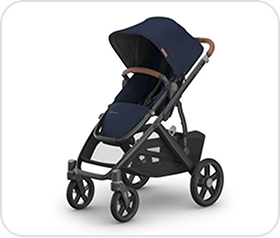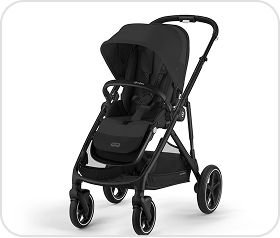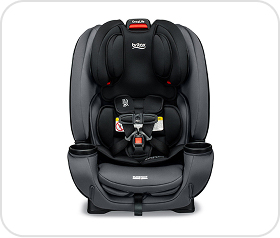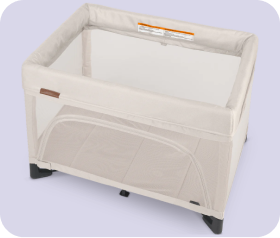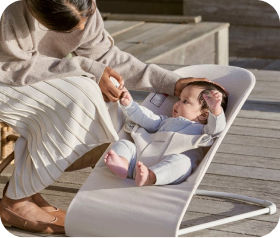What age can a child sit in a forward facing car seat?

The American Academy of Pediatrics (AAP) and other safety organizations recommend that children remain in a rear-facing car seat as long as possible, up to the height and weight limits specified by the car seat manufacturer. Transitioning to a forward-facing car seat should be delayed until the child outgrows the rear-facing limits of their current seat. Bent legs should never be a reason to forward-face and are safe - kids know how to get comfortable!
As a general guideline, many convertible car seats on the market can accommodate rear-facing use for children up to 40 to 50 pounds and around 40-49 inches in height. It's important to check the specific height and weight limits of your particular car seat model, as these can vary.
The AAP advises that children should ride in a rear-facing car seat until at least the age of 2, and ideally, longer if the child still fits within the seat's height and weight limits. Rear-facing seats provide better protection for a child's head, neck, and spine in the event of a crash because they distribute the crash forces more evenly across the back of the seat.
Only when a child has exceeded the height and weight limits for rear-facing and has reached the minimum age requirements as specified by the car seat manufacturer should they transition to a forward-facing car seat. Typically, this is around the age of 2, but with the goal of age 4 when the child's neck and spine can better handle the forces of a crash. Always follow the specific guidelines provided by your car seat's manufacturer and consult with your pediatrician for guidance on when it's appropriate to make the transition based on your child's individual development and growth.
Here's a great article about rear-facing vs. forward-facing!

Shop Convertible Car Seats here!
Need more help in choosing a convertible car seat or have questions about when to forward face? Contact us at cs@strolleria.com!




















